Every so often our research churns up snippets about the Second World War on Tenerife. It’s a topic I keep meaning to look into further as information for what must have been a fascinating period often seems to be hazy and disjointed.
Sometimes it’s not just research which throws up snippets about the war. Our neighbour was a source of all sorts of unusual information about the island, gems were regularly casually dropped into conversation. Some seemed too fantastical to be true, but on checking they usually turned out to have substance. Many of these tales remain recorded only in our memories, but we’ll get them down on virtual paper at some point.
Other times we’d literally stumble across remnants of the war, especially in the form of the military coastal defences – pillboxes – which are still dotted around Tenerife’s coastline.
Spain’s official role in the war was one of neutrality, although the country owed a significant financial debt to Germany due to assistance received from the Germans during the Spanish Civil War. Lying close to Africa, the Canary Islands were of great strategic importance. When coastal defences were built in order to keep a lookout for, or help deter, an invasion, those invaders would have been flying British and American flags.
In reality the coastal defences would never have been of much use as a deterrent. The U.S and Britain never invaded and the Canaries remained neutral. But the pillboxes and bunkers remain as a reminder of how the history of the islands could easily have changed.
It’s quite interesting to track these old bunkers down. Some require a bit of a trek whereas others are to be found in the most unexpected places.
The south east coast is a particularly good hunting ground with a few pillboxes around the El Médano area, one near Montaña Roja even has a helpful information board.
Further along the coast, the area between Güímar and Candelaria is littered with easy to spot coastal defences, along with driftwood dumped by the sea. Many of the old bunkers there are now used by fishermen.
San Andrés and surrounding coastline has been a strategic point for centuries, hence the broken castle. Again, you don’t have to look too far to spot former military defences.
We haven’t seen many along the north coast, too rugged for an attack from the sea. But there is one high on cliffs at Santa Ursula, a superb vantage point for keeping a watchful eye over the immense expanse of Atlantic which fills the horizon. Nearby low-lying Puerto de la Cruz was the potential weak point of that coast.
The most surprising examples are around the southern resort areas. Surprising because of what’s grown up around them. There used to be more along the coast between La Caleta and Los Cristianos, but apparently some were destroyed to make way for a smart promenade. Next time you pass the volcanic wall with the Torviscas Playa mural at the southern end of Playa Fañabe, take a closer look at it.
There’s another, or there was the last time we looked, tucked between apartment blocks above the harbour area in the back streets of Los Cristianos.
Obviously, given their purpose, the bunkers are not the most aesthetically pleasing of constructions. But for those who have an interest in Tenerife which stretches beyond the sand surrounding some of these pillboxes, they are intriguing keys to a very different time; one that sometimes feels in danger of being lost in a sea of sunbeds.

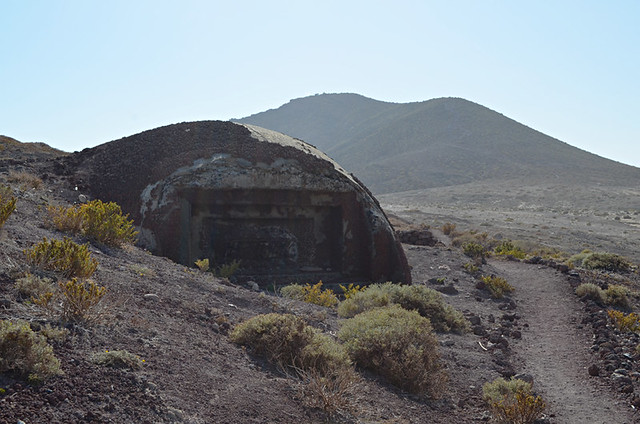
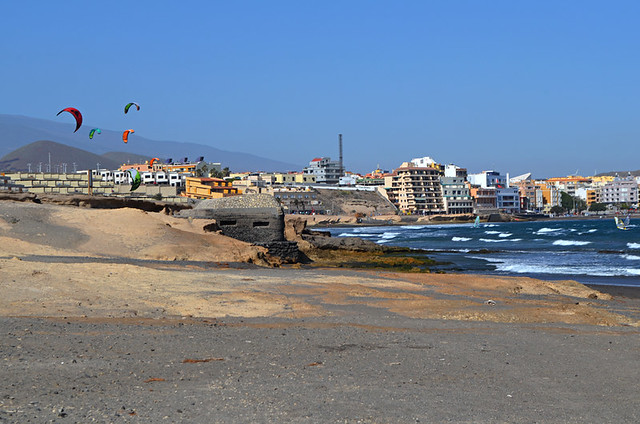
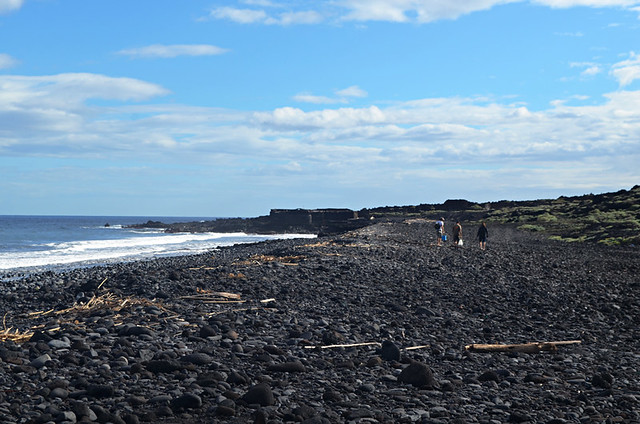
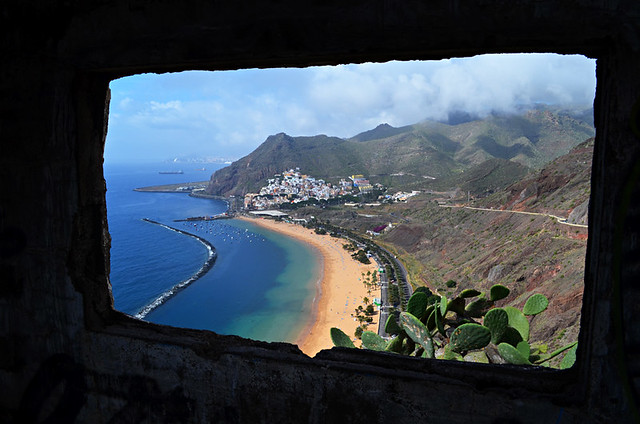
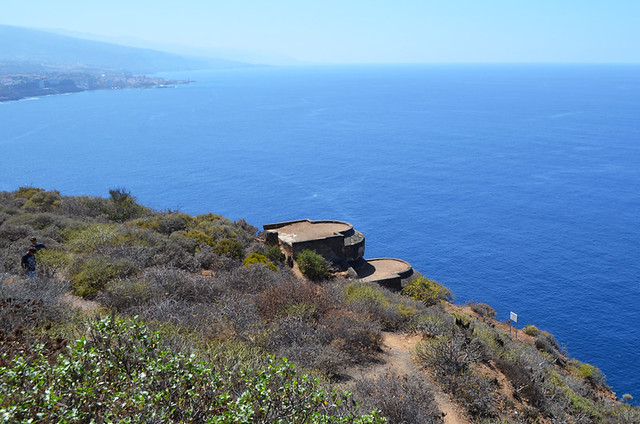
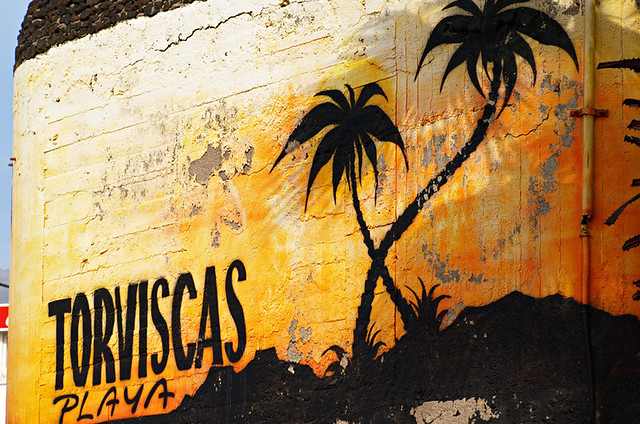

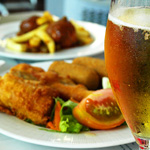

Hi….any information on the landing strip under German control during WW2 please?
Believed to be located between Montaña Roja and where the current airport now is situated.I’m told the “concrete block” that is in that location was part of the control tower at that time.Any information much appreciated and thank you.
Michael. UK
I’ve never heard of it being under German control, but I’ve read accounts of an airfield near Montaña Roja in an area that had been used by light planes since around the 1920s. It officially opened as an auxiliary airfield in 1962 with locals from all over the island turning up to watch the first planes land. The best place to find out details you’re unlikely to find anywhere else is at the library in Granadilla de Abona.
hi Michael, im researching this base. officailly it opened in the 50 S but was most definately built by the nazis during the war, lots of things here make no sense unless there was another Reason for having the airfield here, the land defenses do not point in the directions that you would expect if needed to defend the airfield..HMM
There are also a few installations like this at the San Marcos beach in Icod De Los Vinos.
Michael,
The Germans never controlled nothing in Canary islands. This is a legend.
The Germans were also very interested by establishing a base in Canary islands and asked for it to Franco who never accepted such proposal.
They allowed German ships to dock in the ports throughout the war. Effectively they controlled the ports and the islands by this.